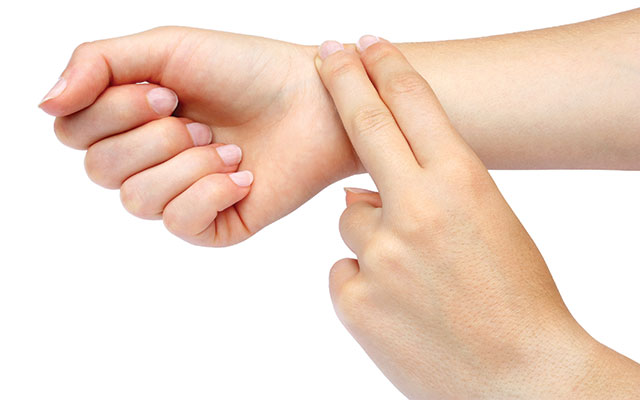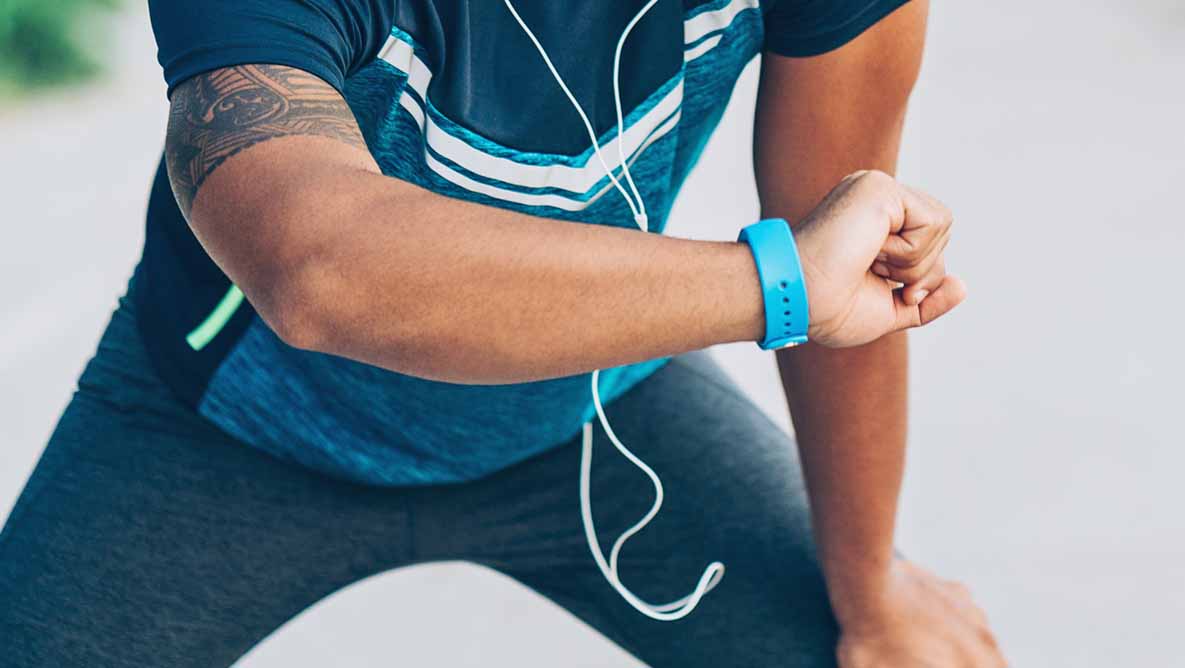Q | I want to start tracking my HRV, but it’s a hassle. Is there an easier way to measure it?
A | Heart rate variability (HRV) — the change in time between successive heartbeats — can be a useful tool to help determine how primed you are to train on a given day. This form of biofeedback offers helpful insights into your body’s cardiovascular, nervous, and respiratory systems’ responses to life stressors, including exercise.
Low HRV (meaning there’s little variability in the space between heartbeats) can point to poor general fitness, high stress levels, lack of sleep, illness, or overtraining. Higher HRV, on the other hand, can indicate that you’re fit and ready to train.
Measuring HRV used to involve a doctor’s visit for an electrocardiogram (ECG). Today, smartphone applications allow you to measure, track, and evaluate your HRV daily from the comfort of home.
Apps like ithlete, BioForce HRV, and Elite HRV work in tandem with a heart-rate monitor to take the measurement; they are compatible with iOS and Android devices.
HRV4Training is an iOS-only app (for iPhone 5 or later) that measures HRV using the camera and flash on your phone — you simply place your index finger directly over the lens and breathe naturally.
No matter the app, the basic premise is the same: Measure HRV once per day, ideally upon waking up.
Over time, as data accumulates in the app’s log, you’ll identify your baseline. Your daily score isn’t terribly important; you’ll be more interested in seeing how your day-to-day HRV compares with this baseline.
“There aren’t normative values of ‘good’ and ‘bad,’” says Jeff Rosga, education director for Life Time Academy, which teaches its trainers to use HRV as an individualized biofeedback tool.
If your score is within your baseline range or higher, it may be a good day to stick to your workout, or even push yourself a bit. If it falls below baseline, it may be a better idea to scale back your training plans or take a rest day.
HRV, like any measurement tool, is a snapshot, providing one view of a bigger picture. It’s essential to take subjective markers — sleep duration and quality, soreness, mood, mental and physical energy, nutrition, travel, illness — into account when making training decisions. (In fact, HRV4Training will prompt you to fill out a short questionnaire after each morning’s measurement. Your answers factor into training recommendations.)
These apps aren’t designed to outsource or usurp your intuition; rather, they can help bolster your awareness and provide insights that you can choose to use, or not.
“The apps and the information gathered provide more intrinsic and measurable information than just how you perceive to feel,” explains Rosga. “It helps you work smarter and harder on the right days.”



This Post Has 0 Comments